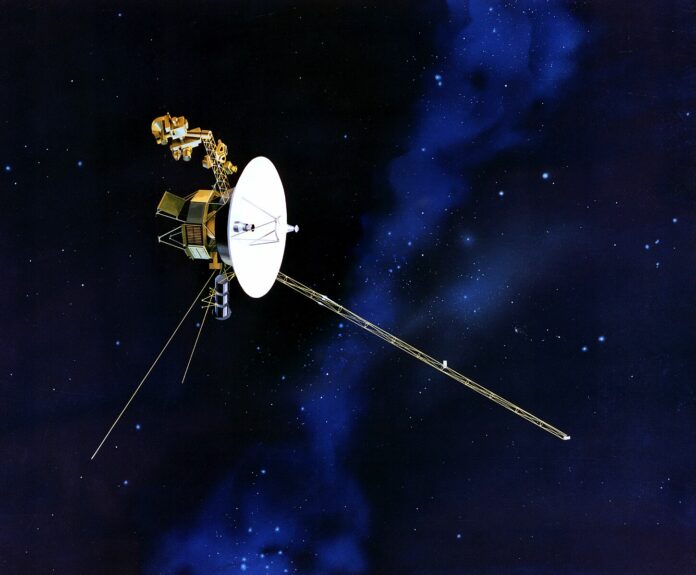Voyager 1 and 2 were launched in 1977 to explore the solar system. The twin Voyager spacecraft were supposed to explore interstellar space visiting planets like Jupiter, Saturn, Uranus, and Neptune. Over the years, the Voyagers have stayed in touch with Earth sending data and receiving commands. Voyager 1 is slightly faster and hence entered interstellar space in August 2012. Voyager 2 has joined its twin to enter interstellar space, and it is still sending vital data to radio telescopes in Canberra, Australia.
Voyager 1 is 24 billion kilometers from Earth, while Voyager 2 is approximately 20 billion kilometers from home. Since mid-march 2023, a team at NASA has been trying to send upgrades and repairs to Voyager 2 after an error triggered a shutdown of some of its crucial functions. Deep Space Station, 43 in Australia is the only antenna capable of communicating with Voyager 2. Earlier this week, the operators at the station completed the much-needed repairs to its dish and radio transmitter, which hadn’t been upgraded in 47 years. After the repairs, the operators sent a test signal, and the spacecraft pinged back on Monday morning. According to the NASA operators, the spacecraft acknowledged the signal and executed commands sent by the mission controllers.
According to the mission team, it is not the first time the twin probes have experienced issues. However, the two spacecrafts have proven useful and dependable because they continue exploring the cosmos. The NASA team has devised a way to slowly turn off the crafts to conserve power and extend the missions. With advanced technology and skilled craftsmanship, the mission team expects Voyager 2 to remain on its planned trajectory despite not receiving any commands. Luckily, the craft still receives signals and commands, and Australia continues receiving crucial data.
The team is expected to continue monitoring the probes using the three giant dishes installed at equidistant. The three dishes ensure that at least one is always in communication with the probes as the Earth rotates. One of the radio antennas is located in Gladstone, California, the second in Madrid, and the third in Canberra, Australia.







